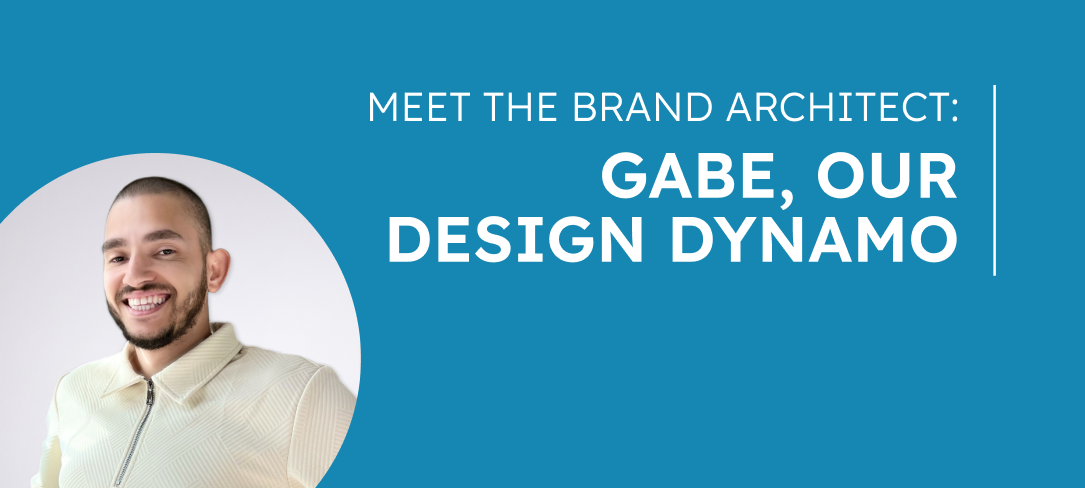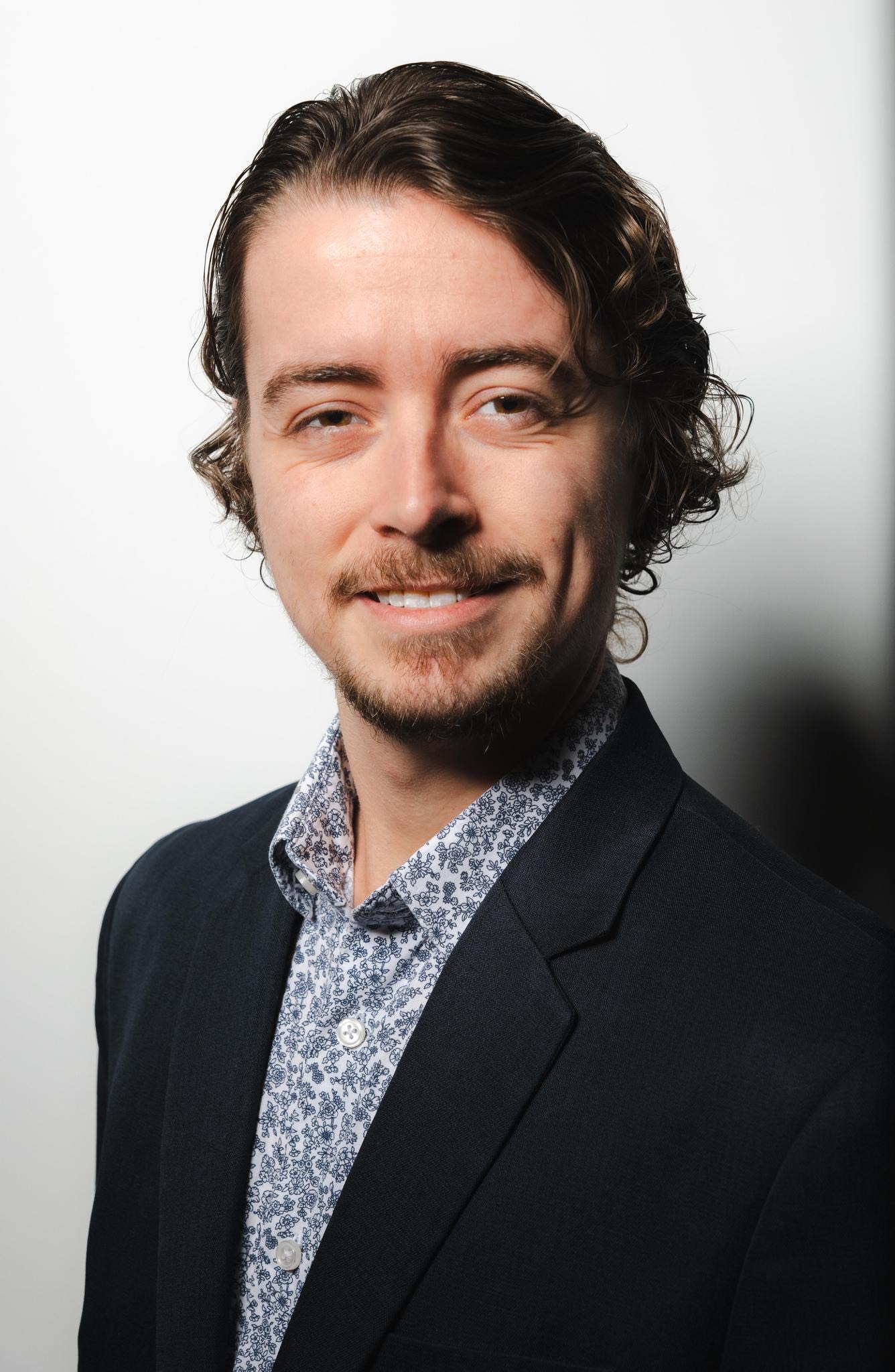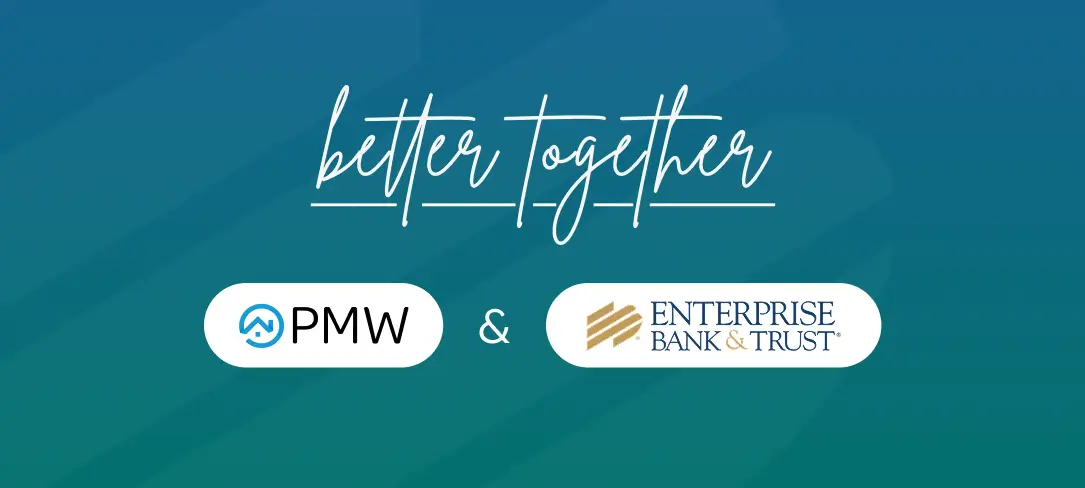Beauty is in the eye of the beholder, or in PMW’s case, it’s all in the eye of our eclectic graphic designer, Gabe Cameron.
Gabe is a true visionary and has already collaborated on some of our most successful rebranding projects for our property management clients. If you’ve had the opportunity to talk with Gabe, you know how passionate he is about design work and how voracious he is in his approach.
But who is Gabe really, as both an artist and a professional?
To cap off our month on Branding, we caught up with the man behind our digital mosaics to give you a glimpse at how he does it. Keep reading to get the lowdown, straight from Gabe himself.
How it started:
From an early age, I’ve been drawn to creative endeavors. As a kid, my colored pencil drawings garnered rave reviews on the local art scene. Local art connoisseurs loved the abstract stick-figure craftsmanship, and perhaps even more so the imaginative backstories that accompanied each minimalist portrait. It probably didn’t hurt that the “local art scene” consisted of my mom and 3 older siblings, but who’s to say?
As I grew, I started tinkering with Print Shop on my family’s old Commodore 64, making wanted posters and signs to stick up around the house. Later, transitioning to Microsoft Paint and a pirated version of Photoshop.
I was also homeschooled all throughout grade school, which allowed me to explore my creativity and I think really instilled a deep curiosity and love of self-learning.
My lifelong love of music, but relative lack of technical skill, led me to Miami Dade Community College in pursuit of a Music Business: Creative Production degree. But during my studies, I took a basic HTML class where I fell in love with the power of being able to create something literally from nothing but a few lines of code. It illuminated design as the great equalizer.
Years later, I would finish my bachelor’s degree in Multimedia & Visual Communication from the University of Phoenix online—one of the only available institutions at the time that would allow me to continue my studies while accompanying my wife (then girlfriend) to medical school in Dominica, West Indies.
While my formal studies provided a decent foundation, my real growth would occur through self-guided continuing education, and my first design boss, Brian Brigham, who took a red pen to my work, giving me some of the traditional art school experiences I had missed out on. As I continue to work in the field of design, I maintain that same insatiable curiosity and thirst for knowledge that drives me to, at least attempt, to produce my best work yet each time I start up a new project.
While I have had countless in-person and online mentors over the years, some of the names that immediately come to mind are:
Douglas Davis, Emmy award-winning Strategist and Professor, whose book Creative Strategy and the Business of Design flipped a switch for me in terms of creating strategic work that drives audiences and impact.
Along those same strategic lines, Chris Do, founder of The Futur (business and design education platform), as well as the hands-on guidance of Designer-turned-Brand Strategist Melinda Livsey, have been instrumental in forming my makeup as a designer.
Beliefs & Philosophies:
I believe one of our jobs as designers is to act almost like therapists for our clients. I have a design mentor, Melinda Livsey, who says for clients it’s like trying to read the label on the bottle from inside the bottle. So it’s our job as design practitioners, as someone on the outside, to come in full of curiosity, with a beginner’s mindset, in order to ask good questions and help the client unearth and unpack what’s already there. Those nuggets of wisdom uncovered in those conversations are instrumental in building an impactful brand identity.
Design isn’t just about making things look pretty (although that has its place and importance too). Design is a vehicle to get you from where you are to your desired destination.
Often, the best design work is invisible. We don’t marvel at the exquisite symmetry and striking hue of the yellow lines on the highway, they simply work—seamlessly, silently guiding and protecting us from colliding with oncoming traffic.
As designers, we are following in the tradition of the universe, the Great Creator. We should treat this honor accordingly.
On logo design. One of the masters in this field—Sagi Haviv—has defined the key characteristics of what makes a good logo:
Simple: Simple enough that you can reproduce a recognizable sketch of it.
Memorable and Distinctive: While retaining simplicity, it must also be unique so that it sticks in your mind.
Appropriate: The Nike swoosh is a great example of appropriate. Appropriate doesn’t mean it has to tell the whole story of the company and all the products they sell and their unique manufacturing process. It should simply have the right vibe: dynamic, bold.
PMW Exp.
I’ve only been at PMW for one year in October, but the impact has been immense from day one. A lot of companies talk about building culture, and if you hang around our people for any length of time, you will hear the word Familia being thrown around a lot. The difference between here and so many other companies that just talk about it: I don’t think I’ve ever worked for or even seen another company that truly lives its values the way we do here.
Where Creativity and Industry Come Together
If you’re considering a rebrand or are a brand-new property manager looking for that brand to give you an edge, reach out today. We might be biased, but we firmly believe in Gabe and the entire PMW design team’s distinct skills in creating designs that are a cut above the rest.







